Creating Webcomics
In Part 1, I gave an overview of different types of comic mediums and in Part 2 I discussed some of the hard realities of making comics. In Part 3, I talk about my experience with webcomics.
Whether you draw on paper and scan it to your computer, or you create it digitally in a program like Manga Studio or Photoshop, once you have some completed “pages” you might be ready to debut your work publicly. This means you’ll want to think about a website and domain name, as well as creating accounts with social media like Twitter, Tumblr, Pinterest and a Facebook FanPage. I have heard less attractive things about Reddit.
We host our own WordPress blog and have the ComicPress theme installed which upgrades the blog to work for graphical posts. Both are free, but require a degree of technical aptitude that might suit a professional web designer better. So we pay for our own domain name, webhosting and occasionally a little help from a webdesigner for the more technical things like backing up the site and making updates.
However, if you don’t have much of a budget or don’t know much about webdesign, it’s probably a good idea to test the waters using a Web Comics hub like Webcomicsnation.com. You sign up with them and upload your pages to their server. You can customize the look of your page to a degree, but you are basically hosted by their site. This can be limiting aesthetically, but it can at least be a good place to get started quickly for free.
Storytelling
If your webcomic is newspaper strip inspired then you’re probably working with 1-4 panels. You have to think about the width in pixels of the strip for display on a user’s monitor or mobile device in a web browser. Keep a hi-resolution original of everything you do before you downsize it to low-resolution for the web. For Blue Milk Special I create the strip at 400 dpi at about 7.5 inches wide. When I downsize it for the web I reduce dpi to 72 dpi and adjust the width at the same time to 950 pixels wide. This works for our web page layout.
Whether it’s comedy or straight drama, the structure should still utilize the limited panels to effectively communicate the idea. Ideally, the first panel needs to establish the key character(s) and setting. The second panel clarifies the situation and the third sets up your curveball. The last panel is either a reaction or punchline. By the way, don’t title your comic after the punchline, and don’t promote/share the strip online by revealing the punchline in your write up. That would be spoiling your own gag.
If you’re making a more traditional format comic that is oriented more towards portrait page layout, then you need to follow the same sort of concepts you would for a print comic. One thing to consider is that if you want to publish your webcomic in print someday then you may want to be careful about cliffhangers and big reveals. Generally, you don’t reveal something massive half way down a page, or on a facing page because the eye will skip ahead and spot it before you’ve finished your sequential build up. A good rule of thumb is that any even numbered page is the place to have a big revelation and you should try to avoid anything major. This is just a guide. I slightly messed up on this with Once Upon a Caper toward the end of the book. The good thing is that it doesn’t matter online in webcomic format.
Promoting your Webcomic
Like the Billboard Hot 100, you can list your webcomic with a top webcomics ranking site like TopWebComics.com and climb your way to number 1 each month. Blue Milk Special peaked just on the edge of the top 10 before we felt we had hit a glass ceiling with that audience and decided to turn our energies to other mediums. However, by simply being on the list you are getting free advertising as webcomic readers can stumble across your comic. I already mentioned social media and you should not underestimate it. You can build a following by posting samples of your work and taking advantage of the internet meme craze by tying your commentary into current trends in pop culture.
With Blue Milk Special, we’ve always had a running gag where Darth Vader had a coffee mug that he carries around with him all the time, only it has a Star Trek Federation logo on it. When the new Trek films came out, we were able to share some of those strips along with specially created ones to capture new readers. Regardless of whether your webcomic is a comedy or serious, there’s always something going on that you can use to help expose your work to a larger audience.
Twitter allows your readers to connect with you and hear what you think about your work but also life. You can engage those followers and build that audience by creating exclusive content for social media to help promote your work. We recently started running trivia contests for our readers on Twitter to win an exclusive signed 11×17 print. The rules were that you had to be following us on Twitter and provide the correct answer to qualify. We will run similar competitions for other social media sites in the future.
The Webcomic Community
I can not stress how innovative InkOutBreak.com is from a reader’s point of view. InkOutBreak.com alerts its users whenever you have updated your site with a new strip or page. The reader can navigate between their favorite webcomics by a framed menu bar that tells you how many strips / pages you still have to read to catch up and jumps you from one site to the next on your reading list when you are ready. The reader won’t lose their place if they are still working their way through your archives.
Once you appreciate how beneficial the framed menu bar is for your reader, you’ll realize how revolutionary InkOutBreak.com truly is. Because it is user friendly, it is a more inviting way to pull people into the world of webcomics and keep them engaged while exposing them to similar themed comics. You can cross promote your neighboring webcomics with banner exchanges. There is also a very helpful community forum where both creators and readers can intermingle and share feedback and new ideas. InkOutBreak.com is an incredible way to approach reading online and every webcomic creator should be a part of it.
Part 1 – Introduction
Part 2 – The Harsh Realities
Part 4 – Promotion
Part 5 – Comic Conventions


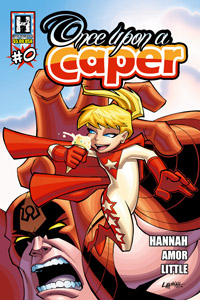

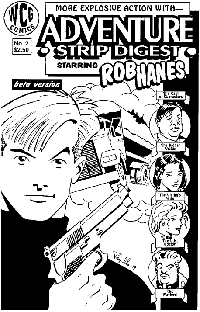
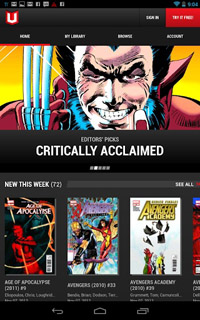 Digital Comics: I offered
Digital Comics: I offered 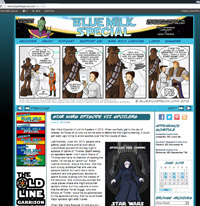
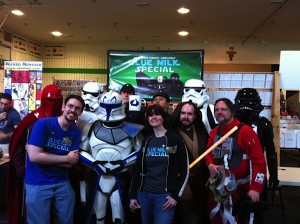 A very nice thing happened to Leanne and myself last Saturday. We were both honored as Friends of the
A very nice thing happened to Leanne and myself last Saturday. We were both honored as Friends of the 
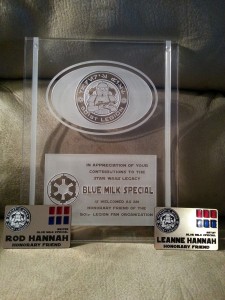
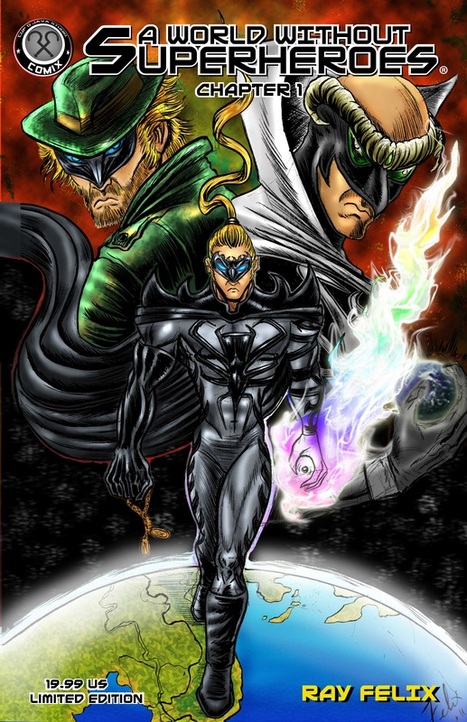 Hello 2013!
Hello 2013!